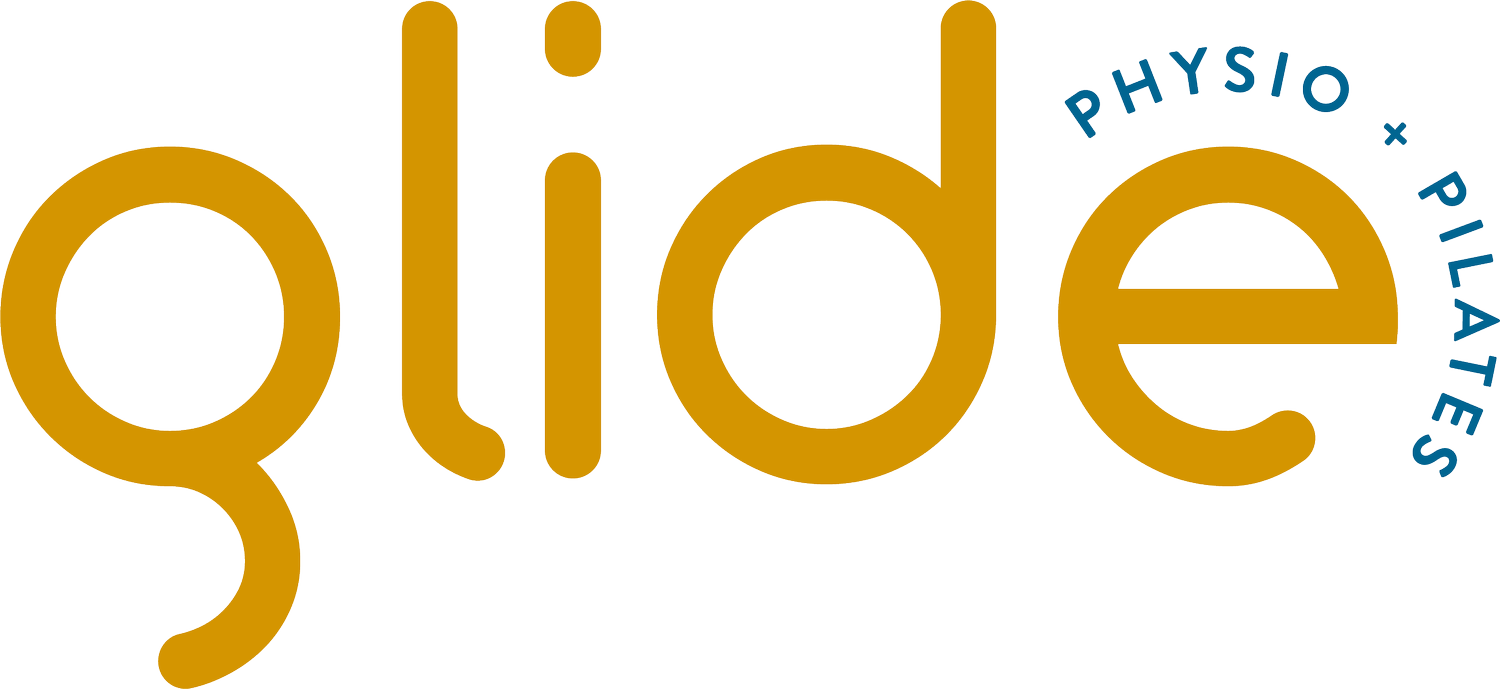Unlocking the Benefits of Dry Needling
Physiotherapists use various techniques to alleviate pain, improve mobility, and promote overall well-being. Dry needling is a popular therapeutic technique, which holds immense potential for individuals seeking relief from musculoskeletal issues.
Understanding Dry Needling
Dry needling involves the insertion of thin, solid needles into specific trigger points, or muscle “knots”, to stimulate a healing response. Unlike acupuncture, which is rooted in traditional Chinese medicine, dry needling is more grounded in Western medicine principles. Physiotherapists use this technique to target myofascial trigger points.
Dry needling upper trapezius muscle
What are Trigger Points?
Trigger points are localised areas of tightness within a muscle, often referred to as muscle “knots”. They typically form due to overuse, trauma or repetitive stress, leading to the development of taut bands of muscle fibres”.
These points are highly sensitive and can produce pain, both locally and in a referred pattern, meaning the pain may be felt in areas distant from the actual trigger point. For example, a trigger point in the shoulder might cause pain radiating down the arm. Additionally, trigger points can interfere with proper muscle function, contributing to muscle imbalances and restricting range of movement.
The Science Behind Dry Needling
Dry needling is used to promote blood flow, release muscle tension, and trigger a biochemical response that aids in tissue repair helps to restore normal muscle function. This targeted approach allows physiotherapists to address the root cause of pain and dysfunction effectively.
Conditions Treated with Dry Needling
Dry needling has shown promising results in managing various conditions, including:
1. Muscle Pain: Whether caused by overuse, injury, or chronic conditions, dry needling can provide relief by releasing tension and stimulating healing in affected muscles.
2. Joint Pain: By targeting trigger points around joints, dry needling can contribute to improved joint mobility and reduced pain.
3. Chronic Pain Syndromes: Conditions like fibromyalgia and myofascial pain syndrome may benefit from the pain-relieving effects of dry needling.
What to Expect During a Dry Needling Session
Before initiating dry needling, your physiotherapist will conduct a thorough assessment to identify areas of dysfunction and tailor the treatment plan to your specific needs. All needles used by physiotherapists in Australia are high quality, sterile, single-use needles. They are extremely thin (0.25-0.3mm) compared to the needles used by nurses to draw blood or give vaccines. During the session, you may experience a mild, temporary discomfort as the needles are inserted. Often physios will elicit a twitch response from a trigger point, releasing the tension within the muscle fibres. Many clients report immediate relief and improved mobility.
Dry needling lumbar spine
Twitch Response
The microscopic changes that occur within a muscle due to a twitch response are fascinating. These include:
1. Release of chemical mediators, also known as neurotransmitters, such as acetylcholine within the muscle. These play a role in signalling and communication between nerve cells and muscle cells.
2. Microtrauma in the muscle tissue initiates a local healing response, stimulating the body’s natural repair mechanisms.
3. Increased blood flow and circulation, bringing oxygen and nutrients to the affected tissues and supporting the healing process.
4. Activation of stretch reflex – a rapid contraction of the muscle in response to stretching, which resets muscle tone, reduces tightness and promotes more normal muscle function.
5. Release of endorphins – the body’s natural painkillers, providing a sense of relief and contributing to the overall analgesic effect.
Benefits and Considerations
1. Quick Results: Dry needling often provides rapid relief, making it a valuable option for those seeking prompt resolution of pain and discomfort.
2. Complementary Approach: When integrated into a comprehensive physiotherapy plan, dry needling can enhance the effectiveness of other therapeutic interventions such as exercise.
3. Minimal Side Effects: Compared to some medications, dry needling typically has minimal side effects, and any temporary soreness usually subsides quickly.
If you’re considering this approach, chat with us to determine its suitability for your specific condition. Along with specific exercise and other lifestyle measures, dry needling can help you to improve mobility, reduce pain, and enhance your overall well-being.


